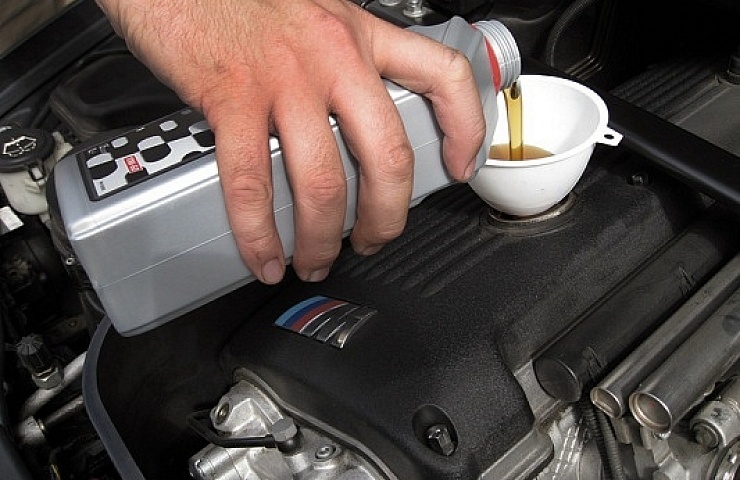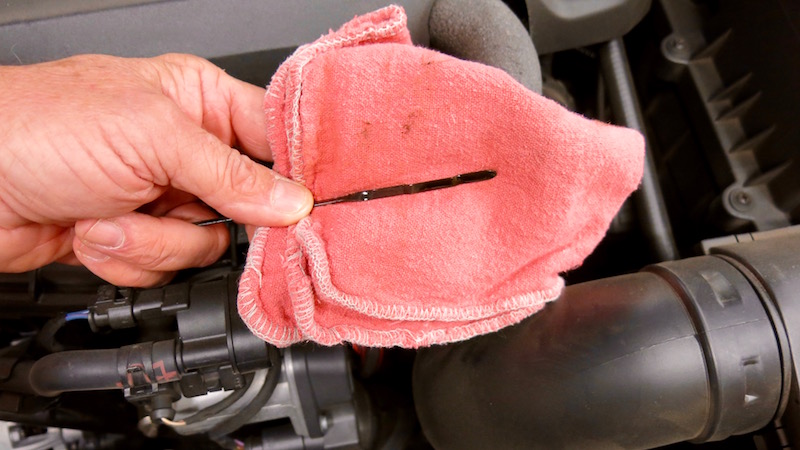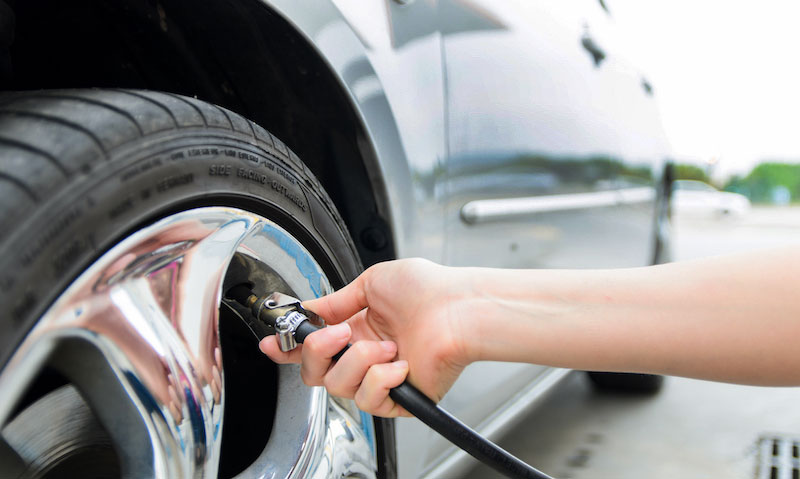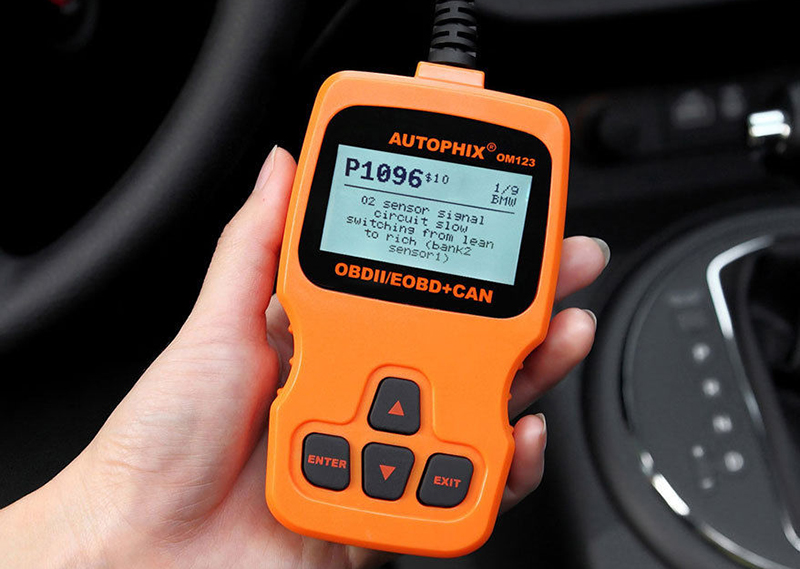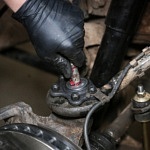The biggest hurdle that prevents many car owners from performing their own basic maintenance tasks is not skill. It’s not lack of knowledge or time. What keeps owners from doing their own simple repairs and upkeep—let’s admit it—is lack of confidence. That can be overcome with a little encouragement and a few inexpensive tools. Go for it!
“Cars today are easier to service than ever,” said Mike Forsythe, the vice-president of editorial for Haynes, the car manual publishers. “Most DIY jobs, such as fluid changes and brake pad replacement, require no special tools or skills. If for no other reason, consider starting to do a few simple car maintenance tasks to save money.
Start Simple
Even something as basic as replacing the wiper blades costs about half as much if you do it yourself, saving as much as $50 compared to having the dealership do the work. (See: It’s Time for a Windshield Wiper Tune-Up.)
Most late model cars have labeled reservoirs for fluids such as windshield washer fluid, oil, and coolant with the “fill-to” levels indicated on the reservoir, making it easy for owners to check themselves. (See: Regularly Check These Four Car Fluids.)
Keeping an eye on your car’s air filter and replacing or cleaning it when the filter gets dirty not only saves money on parts and labor but improves fuel economy as well. A dirty air filter forces the engine to work harder and can lead to more expensive repairs down the road. (See: Air Filter Change 101.)
Checking tire pressure also yields big savings, since underinflated tires wear out faster and decrease gas mileage. According to FuelEconomy.gov, a site managed by the U.S. Department of Energy, maintaining proper tire inflation pressures can increase fuel economy by up to three percent, with significant savings for drivers traveling an average of 15,000 miles-per-year. (See: Tire Pressure Tips.)
Some of these tasks require a simple toolkit, but a one-time small investment in basic tools will return dividends for many years. According to Forsythe, a simple toolkit consists of a socket and wrench set, C-clamp, tire pressure gauge, battery cleaning tool, oil filter wrench, oil drain pan, and jack stands. With these items and an appropriate repair manual, you will be equipped for oil and air filter changes, headlamp bulb replacements, tire pressure checks, and battery cleaning and replacement.
What applies to basic mechanical maintenance also translates to the car’s appearance. Put together a detailing kit and start washing and waxing your car at home.
The Next Baby Step: The Engine
After gaining confidence with tasks like changing fluids and maintaining tire pressure, you can begin to gain some understanding of engine operation. One way to start is by pulling trouble codes from the car’s onboard computer using an inexpensive automotive scan tool. The tool plugs into the onboard diagnostic terminal under the dash. It’s not any more difficult than plugging a USB cable into the port to play music from your phone on the car’s audio system.
Once the tool is plugged in, turn the ignition to “on” but don’t start the engine. The tool will provide prompts for information it needs, such as the car’s VIN, make and model, necessary to read any trouble codes stored in the onboard computer. Using a scan tool can arm you with the information you need if and when you need your car to a licensed professional mechanic. (See: What Does the Check Engine Light Mean?)

